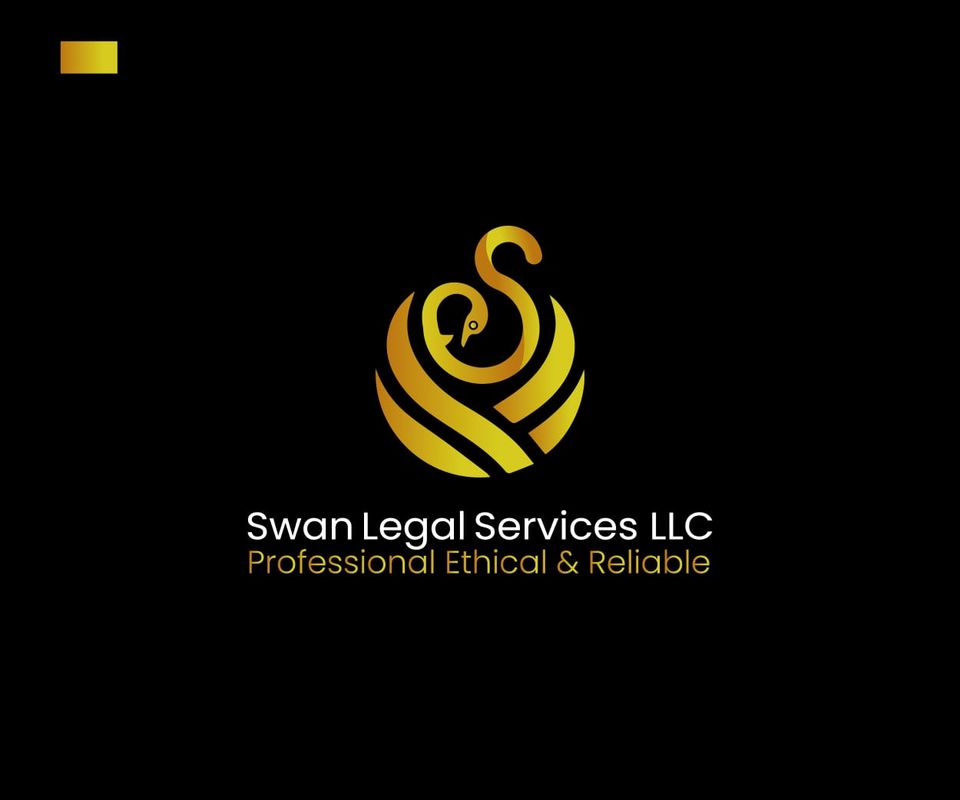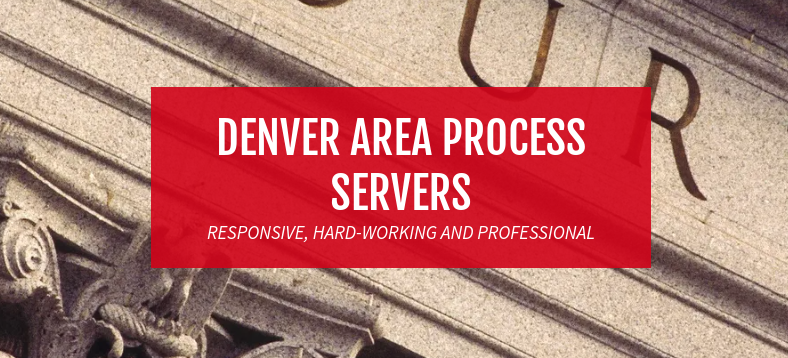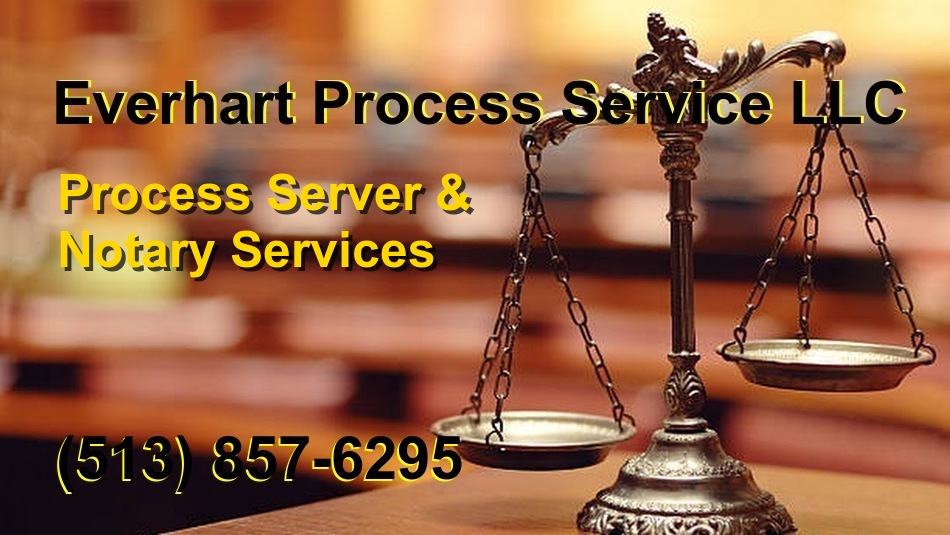 Guide to the Eviction Process in Connecticut
Guide to the Eviction Process in Connecticut
Eviction in Connecticut:
Connecticut Eviction Laws
In Connecticut, Eviction is referred to as “Summary Process.” The laws regarding Eviction in Connecticut are found in the Connecticut General Statutes under Title 47a – Landlord & Tenant. If you are a landlord in Connecticut, it is important to read and familiarize yourself with the Connecticut Eviction Laws. Tenants should read the Tenants Help Pages and learn how to file an answer.
Reasons to Evict in Connecticut
There are 3 reasons why a landlord can evict a tenant in Connecticut. The most common reason is non-payment of rent. The next most common is “Lapse of Time” which means that the tenant’s lease has ended yet the tenant has not moved out. The last cause for eviction is the tenant creating a nuisance.
Connecticut Eviction Notice
The first step in the Connecticut Eviction Process is preparing the Eviction Notice. In Connecticut, the Connecticut Eviction Notice is formally called a “Notice to Quit Possession.” The landlord should prepare this form properly, including on it the names of allthe adults who live at the premises. The landlord should make enough copies so that each adult receives one. The Connecticut Eviction Notice gives the tenants 3 days to vacate the premises. The 3 days are 3 full days, and do not include the day of delivery of the notice, or the last day they must move.
Serving the Notice to Quit
The Notice to Quit must be formally served. This means the landlord cannot do it personally. The landlord must look up the State Marshal for the county where the property is located, and pay the State Marshal to serve it. Once the State Marshal serves it, the State Marshal will return the original (called the Return of Service) to the landlord.
Summons and Complaint
After the tenant has been served the Notice to Quit, and 3 full days has elapsed, the landlord must move to the next step if the tenant is still there. The landlord should go to clerk’s office with the original Notice to Quit and the Marshal’s return of service, and complete what is called a Summons and Complaint. There will be a filing fee for the Summons and Complaint. The State Marshal will serve the Summons on the tenant, which gives the tenant a deadline to file an answer or make an “appearance.”
Default Judgment
If the tenant does not answer the Summons and Complaint by the deadline, then the landlord wins the case automatically. This is called a “Default Judgment.”
Trial
If the tenant files an answer by the deadline, the landlord will be sent a copy. The landlord may need to respond further, so the landlord should make sure to follow the court’s instructions carefully. A trial date will be set. For the trial, the landlord should bring all paperwork, witnesses, leases, rent receipts, photographs, etc. The landlord must have proof and evidence to win the case! Before the trial, there might be an opportunity to reach a “settlement” with the tenant. This is called a “Stipulated Judgment,” but is purely optional. After hearing both sides and examining the evidence, the judge will make a ruling. If the landlord wins, the judge will award the landlord a “judgment.”
Execution
After the landlord wins a default judgment or regular judgment, a 5 day “Stay of Execution” is put in place. This means the tenant has 5 more days to stay in the property. In non-payment of rent cases, the tenant can apply for up to 3 more months in the property, as long as the tenant pays the back rent. However if tenant has not moved after 5 days, and has not filed for additional time, the landlord may apply to the court clerk for “Summary Process Execution.” This is the final stage of the Connecticut Eviction Process. The State Marshal will give the tenant 24 hours to move or else be physically removed.
SUMMARY
To evict a residential tenant in Connecticut, a landlord must have a legally sufficient ground for eviction and follow a statutorily prescribed procedure, known as summary process.
Grounds for eviction include lapse of time (i.e., expiration of the lease), nonpayment of rent, material noncompliance with the lease, breach of statutory duties, and illegal conduct or serious nuisance. Once a landlord has established a ground for eviction, he or she begins the process by serving the tenant with a notice to quit possession. If the tenant fails to respond to this notice by refusing to move from the rented premises, the landlord may initiate proceedings in Superior Court by filing a summons and complaint. The tenant can respond to the complaint. If a tenant contests the action, the court tries the case and enters judgment. The process ends when the court orders the judgment executed and a state marshal executes it by removing the tenant and his or her belongings.
The Judicial Branch could not provide precise data on how long it takes to evict someone. According to a representative of the branch, the minimum time for a summary process to proceed to judgment is 30 to 45 days from the service on the tenant of the notice to quit possession. How quickly a landlord can have a tenant removed after judgment depends on whether the tenant appeals and whether the judge stays execution of the judgment.
The legislature has changed the eviction time frames several times, including many changes that shortened the required deadlines in the process. For example, three times since 1980, the legislature reduced the required days’ notice that landlords must give tenants to vacate before the lease ends.
The Judicial Branch has prepared guides on the eviction process in Connecticut, from both the landlord’s and tenant’s perspective. The landlord guide is available here: http://www.jud.ct.gov/Publications/hm014.pdf. The tenant guide is available here: http://www.jud.ct.gov/Publications/hm015.pdf.
GROUNDS FOR EVICTION
In Connecticut, grounds for eviction include the following:
1 Expiration of the Lease. Generally, once a lease expires, the landlord is under no obligation to renew it. This is true whether the lease is written or oral, year-to-year, or month-to-month (CGS § 47a-15). But the law prohibits aged (62 years of age or older), blind, or disabled tenants who reside in buildings with five or more separate dwelling units from being evicted for this reason. These tenants may be evicted only “for cause” (e.g., failure to pay rent, material noncompliance with the lease) (CGS § 47a-23c). The law also specifies when tenants of foreclosed homes may be evicted before the end of the lease (CGS § 47a-20e and PA 11-201, §§ 7-8).
2 Nonpayment of Rent. If a tenant does not pay his or her rent, the landlord may evict the tenant after a three-day grace period or after the time specified in the notice to quit. If the tenant pays the rent during the grace period, he or she cannot be evicted for nonpayment.
3 Breach of Tenant‘s Statutory Duties. Tenants have certain duties imposed on them by statute. Basically, these are to refrain from creating a nuisance or defacing the premises, obey the health and fire codes, and keep the premises clean and safe. Failure to perform these duties is a ground for eviction. If the tenant corrects the problem within 15 days, he or she cannot be evicted on this ground. But the tenant can be evicted for committing a similar breach within the following six months.
4 Breach of Lease Terms. A landlord may impose lease terms beyond just rental payments. Breach of these terms is a ground for eviction. The terms must, however, be rational, apply to everyone, and pertain to such things as the welfare of others or property damage prevention. As with a breach of statutory duties, if the tenant cures the breach within 15 days, it nullifies the breach, unless a similar breach occurs within six months.
5 Illegal Conduct or Serious Nuisance. An assault on a landlord or other tenant; use of the leased premises for gambling, prostitution, or to sell drugs; or other illegal conduct is a ground for eviction. Unlike a breach of lease terms or statutory duties, tenants cannot cure an eviction based on illegal conduct or serious nuisance (CGS §§ 47a-15 and -31).
SUMMARY PROCESS PROCEDURE
As stated above, summary process (eviction) begins when the landlord serves the notice to quit and files the summons and complaint.
We have briefly described below the entire summary process, including statutory minimum time frames. Of course, the actual amount of time it takes to evict a tenant depends on a number of factors, including whether the tenant has a defense he or she intends to pursue and the landlord’s diligence in complying with the summary process law. Generally, the process is as follows.
1 Notice to Quit Possession. The landlord must serve the notice to quit at least three days before a rental agreement is terminated or before the time specified in the notice to quit (in other words, the landlord must give the tenant at least three full days to move out). The notice may be served on any day of the week (CGS § 47a-23).
2 Summons and Complaints. If the tenant does not move out by the end of the three-day period, any commissioner of the Superior Court may issue a summons and complaint to be served upon the tenant. The complaint may be served on any day of the week and may be made returnable six days after service upon the tenant and must be returned to the court at least three days before the return date (CGS § 47a-23a).
3 Appearance. To contest the eviction, a tenant must respond to the summons and complaint by filing an appearance with the court within two days after the return date. If the tenant does not file an appearance, the landlord may file (a) a motion for judgment for failure to appear and (b) an endorsed copy of the notice to quit with the court clerk. The court must then, within the first court day after the landlord filed the motion, enter a judgment against the tenant and issue an order to vacate (CGS § 47a-26).
4 Answer to Complaint. In addition to filing an appearance, the tenant should file a summary process answer within two days after the return date. If the tenant does not, a landlord can file a motion for judgment based on failure to plead. And if the tenant fails to plead within three days after receipt of the motion by the clerk, the court must enter judgment against the tenant (CGS § 47a-26a).
5 Trial. A trial is scheduled after pleadings are closed (after the complaint has been answered and any special defenses have been raised and countered) (CGS § 47a-26d). Trials are typically scheduled for one week to 10 days after all pleadings have been filed, according to the Judicial Branch publication, A Tenant‘s Guide to Summary Process. In practice, landlords and tenants often agree to settlements before trial, after meeting with a housing mediator at the court.
6 Judgment and Execution. A judgment is entered after the trial. If judgment is entered for the landlord (and after any stay has expired), he or she must ask the court for an order requiring the tenant to move. The landlord gives the order of execution to a state marshal for proper service. The marshal uses reasonable efforts to locate the tenant and serve him or her with notice of the eviction date and time. The execution tells the tenant that he or she has 24 hours to vacate the premises. After this period, the marshal can physically remove the tenant’s possessions to a town-designated storage facility, at the tenant’s expense (the law sets time frames and procedures for tenants to reclaim their possessions, or if they fail to do so, to reclaim the net proceeds if their possessions are sold at public auction) (CGS §§ 47a-26d and -42).
7 Stay of Execution. The law generally provides for an automatic five-day stay of execution (Sundays or legal holidays are excluded from the five-day period). The tenant must file any appeal within this period. If the tenant appeals, eviction is stayed until the appeal is decided, unless the judge determines that the appeal was taken solely for the purpose of delay or the tenant fails to provide the required bond (CGS § 47a-35). The court may also grant an additional stay of up to six months, or three months if eviction was for nonpayment of rent. If the additional stay is granted, the tenant must abide by conditions the court sets, including paying unpaid past rent and rent for the length of the stay. Tenants requesting a discretionary stay who were evicted for nonpayment of rent must, within five days of the judgment, pay to the court in full the past rent due, with the court distributing the money to the landlord (CGS §§ 47a-37 to-39).
A landlord can file a motion for use and occupancy once a tenant files an appearance. Once the motion is filed, the court can order a tenant to pay the last agreed-upon rent to the court during the pendency of the summary process action (CGS § 47a-26b).
LEGISLATIVE HISTORY
Over the last 50 years, there have been numerous changes to the time frames in the summary process procedure. Below, we briefly summarize several legislative changes affecting the time frames discussed above for landlords seeking to evict a tenant.
1961, PA 509 added provisions providing that the discretionary stay of execution may be for periods totaling up to six months. It also added the requirement for an automatic five-day stay of execution.
1963, PA 562 added provisions regarding time limits for a tenant’s nonappearance and the landlord’s filing of a motion for failure to appear.
1969, PA 295 and 313 required that all pleadings advance one step within each successive three-day period from the previous pleading.
PA 76-95 required that a summary process complaint be returned to the court at least three days before the return date. It also required the defendant to appear within two, rather than three, days after the return date to avoid a judgment in favor of the landlord.
PA 77-451 extended, from two to four days after the clerk’s issuance of the order, the period within which the tenant must file an answer or the court enter judgment in favor of the landlord, when the tenant filed an appearance but failed to file an answer and the court ordered the tenant to make payments in lieu of rent to the court.
PA 80-399 reduced the notice requirement for tenants to vacate from 10 to eight days before termination of the rental agreement and deleted an exception which required only five days’ notice when the reason for eviction was nonpayment of rent. It also allowed the court to suspend enforcement of judgments for nonpayment of rent if the tenant is able to pay the entire rent due within five business days of the judgment and permitted such tenants a stay of execution of up to three months.
PA 92-171 reduced, from eight to five, the number of days the tenant has to move from the premises after the landlord serves the notice to quit. It reduced the time period for an appearing defendant to plead from three days to two days after the return date. It also reduced, from 20 to 15 days, the automatic stay of execution if the reason for eviction was something other than nonpayment of rent, nuisance, or illegal conduct.
PA 96-74 reduced the automatic stay of execution from 15 to five days for people evicted for breach of lease or landlord rules, breach of a tenant’s statutory duties, or lapse of time.
PA 97-231 required that the notice to quit be given at least three, rather than five, days before termination of the rental agreement or the time specified in the notice.
For names of lawyers in your area who are experienced in housing issues,
Find Law Firms on our Directory.
Find The Eviction Process in other States
Nationalevictions.com is for people who are renting or seeking to rent housing in Florida. Our site is for Eviction Information Purposes only, Not Intended to replace your Attorney or any Legal Advice. The reader should always remember your legal responsibilities. After all, you may unknowingly jeopardize your rights by not fulfilling your legal rights as a Tenant.
Many of the Chapters and Articles are interrelated. This not intended to be an all-inclusive overview, or the best advice in every situation. Please Consult a Lawyer for your Rights and Protection as to the laws of your State. This information is not meant to be a substitute for the advice of an Attorney.










